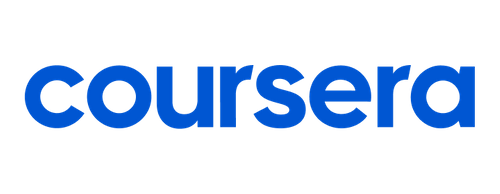AI Workflow: Machine Learning, Visual Recognition and NLP
Course Features
Duration
14 hours
Delivery Method
Online
Available on
Limited Access
Accessibility
Desktop, Laptop
Language
English
Subtitles
English
Level
Advanced
Teaching Type
Self Paced
Video Content
14 hours
Course Description
Course Overview
Human Interaction
International Faculty
Case Based Learning
Post Course Interactions
Case Studies,Instructor-Moderated Discussions
Skills You Will Gain
Prerequisites/Requirements
It is assumed that you have completed Courses 1 through 3 of the IBM AI Enterprise Workflow specialization
Fundamental understanding of Linear Algebra
Understand sampling, probability theory, and probability distributions
Knowledge of descriptive and inferential statistical concepts
General understanding of machine learning techniques and best practices
Practiced understanding of Python and the packages commonly used in data science: NumPy, Pandas, matplotlib, scikit-learn
Familiarity with IBM Watson Studio; Familiarity with the design thinking process
What You Will Learn
Discuss common regression, classification, and multilabel classification metrics
Explain the use of linear and logistic regression in supervised learning applications
Describe common strategies for grid searching and cross-validation
Employ evaluation metrics to select models for production use
Explain the use of tree-based algorithms in supervised learning applications
Explain the use of Neural Networks in supervised learning applications
Discuss the major variants of neural networks and recent advances
Create a neural net model in Tensorflow
Create and test an instance of Watson Visual Recognition
Create and test an instance of Watson NLU
Target Students
This course targets existing data science practitioners that have expertise building machine learning models, who want to deepen their skills on building and deploying AI in large enterprises
If you are an aspiring Data Scientist, this course is NOT for you as you need real world expertise to benefit from the content of these courses
Course Instructors
Mark J Grover
Digital Content Delivery Lead
Course Reviews
Average Rating Based on 8 reviews
88%
13%
